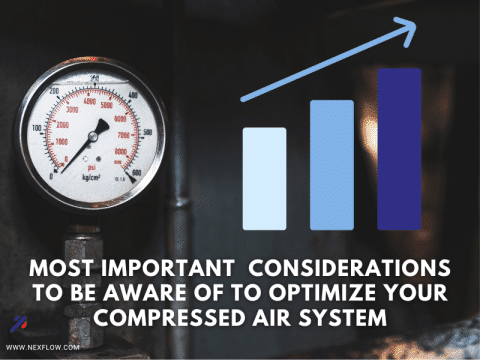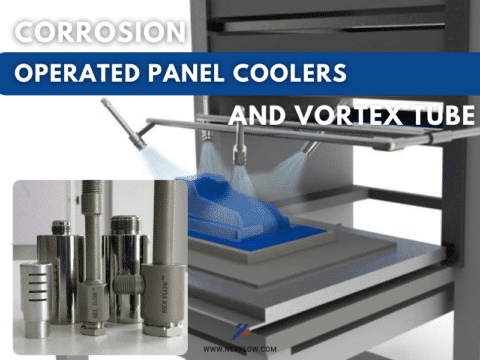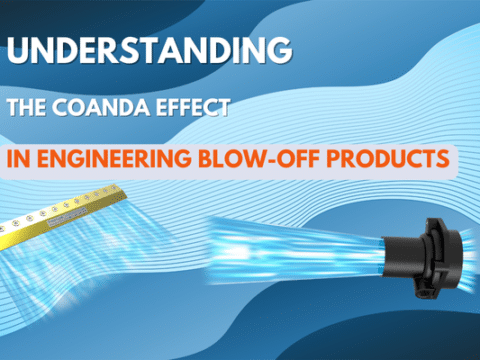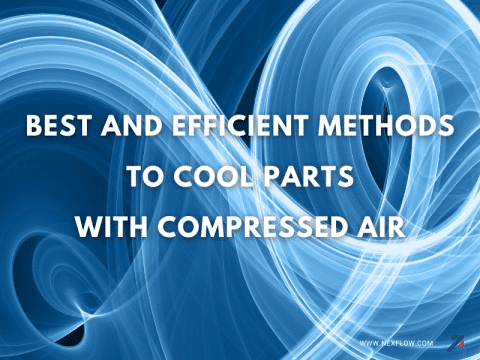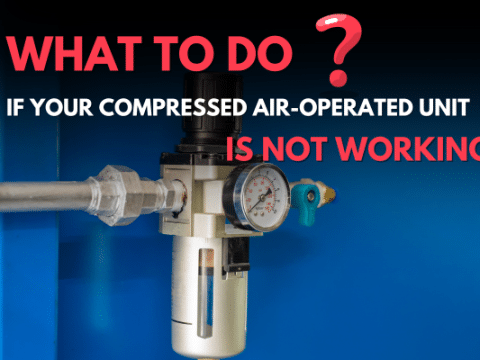
Can water damage my compressed air
If left in a compressed air system can cause damage to the system and also contaminate your end product.
Water in your compressed air system will cause rust. This rust will mix with any oil from the compressor or lubrication system and any dirt particles that are introduced into the system through the inlet of the compressor forming a sticky mass that can clog pneumatic circuitry and stain or even pit finely finished surfaces. Microbes also grow within the piping system, feeding off the organic materials. That’s why the condensate in a filter drain often has a foul odor. So preventing water formation as much as possible, and removing water (and oil) when you can is necessary.
Normally after the air is compressed the air travels through an aftercooler which is just a heat exchanger designed to cool the flow of compressed air that exits the compressor discharge. The drain trap will remove condensed water. The operation of this drain is the first thing to check if you are having moisture problems. A failed drain will allow large amounts of water to enter the compressed air system. Optimally you would have a storage receiver in line just after the air compressors, to allow a place for the compressed air to cool and condense water. Any captured water can be removed from an additional drain on the bottom of the receiver.
Properly designed compressed air piping will prevent water from ending up in production machinery to a large extent. The piping should be sloped away from the compressor slightly. This way, any water that condenses out as the air cools will flow down to the lowest point, where a drain should be located. Connection points feeding production machines should be located on the top of the main distribution piping, so as prevent water draining into critical locations.
Properly sized air dryers on your system will help prevent free water from forming in your piping. However, the piping design should be such that it minimizes any trouble that might be caused it the dryer fails or is off for any reason and also to address outside air that could get drawn int the system.
Any water removed is contaminated with dirt and compressor oil and should be disposed of correctly so as not to pollute the environment.
Water will rust piping and receiver tanks so drains must be in good working condition. Tanks should be be inspected regularly to ensure the rust pitting has not created a safety hazard with the tank.
In cold climates, water in the air lines can freeze and expanding ice can plug and crack pipes if wet air is directed outdoors in freezing conditions.
Because water is a universal solvent, it will wash away beneficial lubricant in air compressors and in compressed air powered tools, causing early machine failure or excessive wear.
If water contaminated compressed air blows onto the end product though air nozzles or air knives, it will both wear and possibly clog the blow off product and of course contaminate or otherwise negatively effect the end product.
It is for the above reason that it is a good idea to use point of use filter before any blow off application. Another area where point of use filtration is ideal would be before actuator valves which are sensitive to water and dirt contamination.
For the above reasons and more, it is important to minimize water contamination in your compressed air system.
Nex Flow manufacturers compressed air products for blow off, cooling, and moving and can assist you in your compressed air applications.




